The DJI Pocket 3 easily became my favorite camera of 2024. It has fantastic image quality, great stabilization, and excellent audio options, but what made this my favorite camera actually didn’t have to do with any of those. So, the question is: what makes the Pocket 3 so good, and is it worth it in 2025?
By the way, this video isn’t sponsored by anybody. I purchased this with my own money after my other one got destroyed because it has been such a useful tool for me over the last year and a half—especially for creating YouTube content or just capturing behind-the-scenes moments of shoots I’ve been on and stuff like that, which I’ll show you more of here in a minute. But first, we’re almost to our destination.
Active Track: A Game-Changer
Honestly, one of my favorite features of the Pocket 3 is the Active Track—the fact that I can have it track me around a scene like this and show off is really sweet. Especially if you work by yourself and film yourself, it’s almost like having somebody who can film you. That’s why I’ve been using the Pocket 3 to film a ton of my YouTube videos over the last year and a half or so since it came out—it just made filming so easy. It’s not just the fact that you can use Active Track, which is super useful, but you can set it up to track from one side or the other or a specific area on the screen to get the look that you want. For example, if you want to lead something through a scene like this shot here, it gives a little more weight to one side or the other, which makes it look a bit better than just center Active Track like I am right now.
Even just handheld, the Active Track works incredibly well because it keeps you in the frame, and you don’t really have to worry about whether you’re holding it in the right spot or turning it enough—it’s just going to keep you exactly where you need to be in the frame the entire time. It takes a lot of work off you. One of my favorite ways to use Active Track is getting environmental scenic shots of places I’m walking through—like this glacier here or this one right here where we are right now. By the way, this is the business end of a glacier, which means this is the part that is falling off as it moves and flows downhill into water. Contrary to popular belief, glaciers are always moving—winter, summer, it doesn’t matter—they’re always moving. So, this will still have big pieces calve off while we’re here. I wouldn’t get any closer than where I am right now; in fact, this might be just a little too close if a really large piece comes off. If you come out to a place like this or get the chance to visit a glacier feeding into water, don’t get too close to the business end.

Field of View and Focus
Another thing I love about the Pocket 3 is the field of view. You get this nice 20mm field of view—like right now, about 3 feet away from the camera—but you still get really nice environmental framing where you can see a lot of what’s going on around you, which is great. The thing that makes the Pocket 3 look like a much more expensive camera than it actually is, though, is that when I get close, the background blurs out. You can still see the background, but because I’m in focus, it makes you focus on the subject—super useful. That’s part of what makes the Pocket 3 such a great little camera: it actually has this little focus system. If I’m standing farther away, everything’s in focus, and it all looks good, but the closer I get, the more the background fades away and becomes a little out of focus, which just makes it look so much better than it should. That brings us to image quality.
Image Quality of the DJI Pocket 3
Image quality is fantastic for what it is. You can film 4K up to 120 frames per second in slow motion; if you don’t want slow motion, you can film 4K up to 60 frames per second, which is super useful. It’s what I’ve been filming most of this video in because it gives you really, really great footage. The fact that it films in 10-bit D-Log M gives you a massive range that you can use to color grade this camera and make it match pretty much anything else you’re shooting with. Because of that, you can get really great, incredibly rich, and bold colors out of this if you grade it well. If you want something that’s really easy to grade, I do have a pack of LUTs that works really well with the Pocket 3—they’re linked in the description.

This is where we need to talk about dynamic range. While this camera does have incredibly good dynamic range for what it is, it’s still limited—it’s a small sensor. But if you look at the shot here, I’m walking, and the camera’s pointing directly at the sun. Straight out of the camera, this is what it looks like—you could expose it different ways if you wanted to—but in post, you can bring the shadows or midtones up and make it look how you want. So far, everything you’ve seen in this video has been recorded in D-Log M.
Interestingly, shortly after launch, DJI added a normal 10-bit option. This is normal 10-bit, which, if you don’t want to color grade, looks great—really solid colors, very natural colors, a nice blend of contrasty and punchy, vibrant colors, but not over the top—really nice. If you want to shoot in a higher dynamic range, this is HLG. Honestly, I don’t see a huge difference between HLG and D-Log M, so I generally shoot in D-Log M, but if you’re someone who likes to shoot in HLG, you have the option.
DJI Osmo Pocket 3 Stabilization
We’ll get into low light in just a sec because this camera actually does very well in low light, but before we do that, we have to talk about stabilization. The way the Pocket 3 stabilizes—because it has a physical gimbal—means you get this really incredibly good, smooth footage. This shot you’re seeing right here was me running, holding the Pocket 3 behind John as he was biking. You can see just how stable it is, which is insane because I’m running on ice, trying not to fall, but it still gives you this beautifully smooth, incredibly well-stabilized shot.
This comes into play when you’re working in low light. A lot of action cameras stabilize by analyzing the image and using gyro data, but this can lead to weird blurry images or strange movements and vibrations. The Pocket 3 will stabilize perfectly in low light—it doesn’t matter—because it has a gimbal. There is one situation where this works against the Pocket 3, though: in motion in vehicles. Because the Pocket 3 stabilizes based on what the IMUs feel—whether it’s being pulled left, right, or straight up and down—it will tend to drift one way or the other depending on what’s going on. So, if you’re driving in a car going around a corner, you’ll see the horizon start to tilt one way or the other. It’s a minor inconvenience, but that’s where action cameras actually do a little better because they’re physically fixed cameras and don’t suffer from that same problem. Beyond that, the stabilization in the Pocket 3 is absolutely incredible for such a small camera.
Stabilization is only as good as how well you hold it, though. I’ve had a lot of people ask me how I get rid of the up-and-down motion, which you can see a little bit in my running shot. The answer is: walk softly as much as you can, then hold the Pocket 3 so you have some movement in your arm to counteract your motion. Try to hold it as fluidly as possible so you don’t get this as much, and you get more of a nice, smooth shot.
Low Light Performance
Now for low light—you have to be realistic; this is still a small sensor camera—but the Pocket 3 does really well in low light. Right now, it’s pretty darn low light in here, and I’ve used this camera way beyond where it probably should go. If you set it at minus two sharpening and minus two noise reduction, then sharpen and reduce noise in post, you can actually get some really clean imagery all the way up to about ISO 1600, maybe even 3200, depending on what you’re filming. The fact that this small camera can give you usable low light in something like this—if you ever happen to be in a glacier ice cave or just walking around the streets at night—is impressive. For its size, the Pocket 3 has really good low light, largely thanks to that 1-inch sensor. How spectacular is this ice cave? Also, it’s not the safest one I’ve been in, so I think maybe we should go out.

Vertical Video
Now we need to talk about vertical video. I don’t shoot a lot of vertical video, but the Pocket 3 will shoot vertical video—like I’m doing right now—where it crops in on the sensor, giving you a 3K image, basically up to 60 frames per second. That’s an easy way to shoot vertical; you don’t have to mess with the gimbal at all. But you can also just hold the gimbal sideways, like you see here, and shoot vertical video that way. There are a couple of advantages and disadvantages to doing that. The advantage is you get a wider field of view—here you can see side-by-side the normal vertical video, which is the cropped-in mode, and me holding the gimbal sideways. You can see you get a much wider field of view if you hold the gimbal sideways. The downside is that the gimbal’s meant to work in a certain orientation, so it doesn’t always do what you want when you’re holding it vertically. Ways to mitigate that are to put it in follow mode and stuff like that, but it does shoot really great vertical video. Of course, you can Active Track in vertical video mode and pretty much do everything else you’re doing in vertical video mode.
Audio Integration
One of the best features of the Pocket 3 is the seamless integration with DJI’s microphones—the little wireless microphones they sell. If you get the Creator Combo, you get the DJI Mic 2, but if you don’t want to spend that much, just buy a Mic Mini—they’re about 50 bucks. Right now, you’re hearing the DJI Mic 2; I’m a couple hundred feet away with a lapel plugged in and sitting just inside my hat here. One of the best things they added was a Firmware Update that allowed you to also record the internal mics at the same time, which is what you’re hearing right now. Now I’m back to the lapel mic and a mix of the other audio as well. The best thing I found this was set up to be was a backup recording—so if something happened, like the DJI Mic battery died or something, you’d still have a recording. But I found it really useful for environmental noise. If you just want to get some nice noise that sounds like what it is—like for ASMR-type videos or something—then this really isn’t a bad deal. Having good, clean, clear audio no matter what with the DJI Mic 2, regardless of how close or far away from the camera you are, really makes this a useful tool. It’s pretty much all I’ve been using to record most of my YouTube videos outdoors because it’s such a great system and gives you such great, clean audio regardless of the wind or other conditions I’m in.
Hey, if you’re enjoying or getting value from this video, then consider subscribing. I test and compare filmmaking equipment in the most rugged, real-world conditions I can find here in Alaska, where I live, and I give you tips and tutorials on how to use it.
Photos, Battery Life, and Durability
While this isn’t really a photo camera—it only takes 9-megapixel stills because it’s a 1-inch sensor—those 9 megapixels are probably why you get such good low light performance. The Pocket 3 does take pretty nice photos, and they’re more than enough for sharing on social media. All these photos were taken with the Pocket 3, and yeah, your phone will probably take better photos now because if you have a newer phone, they all do. But the photos coming out of the Pocket 3 are actually really nice. You can do these 180° panos and ultra-wide photos, which are really fun when you’re in a place like an ice cave and want to make it look really big and wide. Those ultra-wide photos really do come through, and the panos also look really solid. They’re one of my favorite ways to do it because you get this super amazing, huge field of view using the Pocket 3. It stitches them together for you, puts them out there, and then you’re good to go. While I wouldn’t recommend this camera if you’re going to do a lot of photo work—I’d recommend something else—it does take good photos.
That brings us to battery life and durability. The Pocket 3 is way more durable than I first thought it was going to be. When DJI sent me the original one, I took mine into well-below-zero temperatures—it fell over a bunch, got wet inside glacier ice caves, got rained on and snowed on. Finally, what messed it up was a shoot I was doing for Caterpillar—we were using it as an angle to capture these glass panes, and when they broke, all the tempered glass hit it and basically messed up the focus system so it wouldn’t focus at infinity. I’m amazed at how much use my Pocket 3 got—it literally went everywhere with me, probably flew something like 100,000 air miles, and withstood pretty much everything I threw at it and just kept going, which is amazing for a little tiny gimbal camera. It really could handle some serious abuse. That’s not to say that if you get it rained on in just the right spot, it wouldn’t totally stop working—it absolutely could. It’s electronic, it’s a gimbal, it’s fragile—you have to be careful—but mine withstood a lot.
As for battery life, it’s very subjective depending on what you’re doing with it—the frame rates you’re filming in, how hard the gimbal is working, how cold it is outside (right now it’s single-digit temperatures, so I’m not getting great battery life). That being said, I ran pretty much everything up to just a few minutes ago on one battery handle extension. Getting a couple of hours off the battery and the battery handle extension works really well—it will keep the camera battery charged and deplete the battery handle first, then the camera battery will start to discharge. The cool thing is that you can also recharge the whole system rapidly—up to 80% in like 15 or 20 minutes (I don’t remember exactly, but I’ll put it on the screen here)—so you can get back up and running really quick. I’ve got a USB power bank in here, and I just plug the battery handle in and get it charging without it being attached to the camera—it will charge all by itself. Super nice. Generally, when I go out and do stuff like this, unless it’s super cold like it is right now, I just run with one battery extension handle, and that’s more than enough for me to get everything I need to film an entire YouTube video throughout most of a day of hiking and running around.
What Drives Me Crazy
You might be thinking the Pocket 3 is very near the perfect camera—and it is really good—but there are a few things that drive me crazy about it, and I want to make sure you’re aware of those so if you’re looking to buy this camera in 2025, you can make up your mind. One is the focus system—it’s not a tracking focus system, so it just kind of goes based on whatever’s in front of it, and it’s also very quick and jerky. I wish there was a way to slow it down and have it be a little smoother in the way it goes from far focus to near focus. That’s pretty minor, and so long as you have somebody or something in the frame where it should be toward the center, you actually do get a really nice, controlled focus—it’s just a little faster than I’d like.
The other thing that drives me crazy is this message when you’re using the transmitter—it stays on the screen forever. I wish it was like one or two seconds, and that’s it—that’s all I need to know the mic is connected. I don’t need a full 7 or 8 seconds of it telling me it’s connected. While you can do a 2x zoom in-camera and it actually looks pretty decent—basically indistinguishable from me cropping in two times in post—however DJI is doing that, they’re doing a really good job. But I do wish there was a way to have more powerful focal lengths available. Maybe that’ll come in the Pocket 4—that would be really cool if there was something like a 40 to 50mm focal length and then the 20mm.

Is It Worth It in 2025?
So, is the DJI Pocket 3 worth it in 2025? Yes, and here’s why. Beyond everything I’ve shown you in this video, what makes this camera so amazing and fantastic is the fact that it’s super easy to use. This is exactly how I’ve been using it for the last year: pull it out, turn it on, and start filming—no ND Filters, no nothing special, no anything I need to do. There are great setup and tutorial videos about how to get the most out of this—lock your exposure, lock your white balance (which I didn’t even do in some of this video)—but this camera is just one of the easiest cameras to run around, film with, and get great-looking footage. Being able to do all the other stuff I showed you in this video is really just a bonus.
If you’re interested in picking one up, there are links in the description—they’re affiliate links that help me do what I do because, like I said, this video isn’t sponsored. There are some other links down there of other products I use that you can check out as well. Next, you’re going to want to watch this video right here, which shows how the Pocket 3 and an Action 5 compare to each other. I’ll see you over there. As always, if you have questions, ask me in the comments below or join my livestream, which happens most Wednesday nights at 4:00 p.m. Alaska time, 8:00 p.m. Eastern—at least if I’m not out in a place like this where there’s no cell phone service. I’ll see you again soon in the next one—just got a quick three miles back.
Discover more from DroneXL.co
Subscribe to get the latest posts sent to your email.
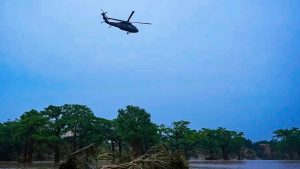
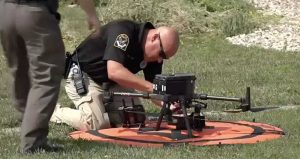
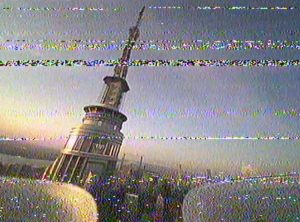
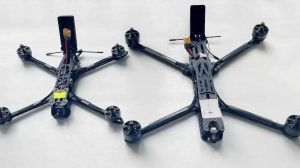
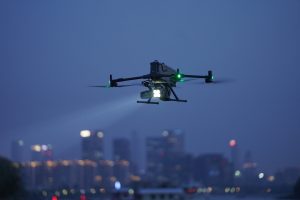

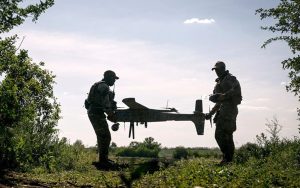
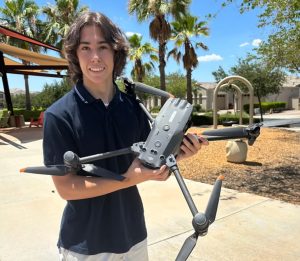
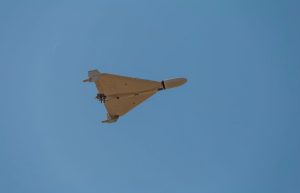
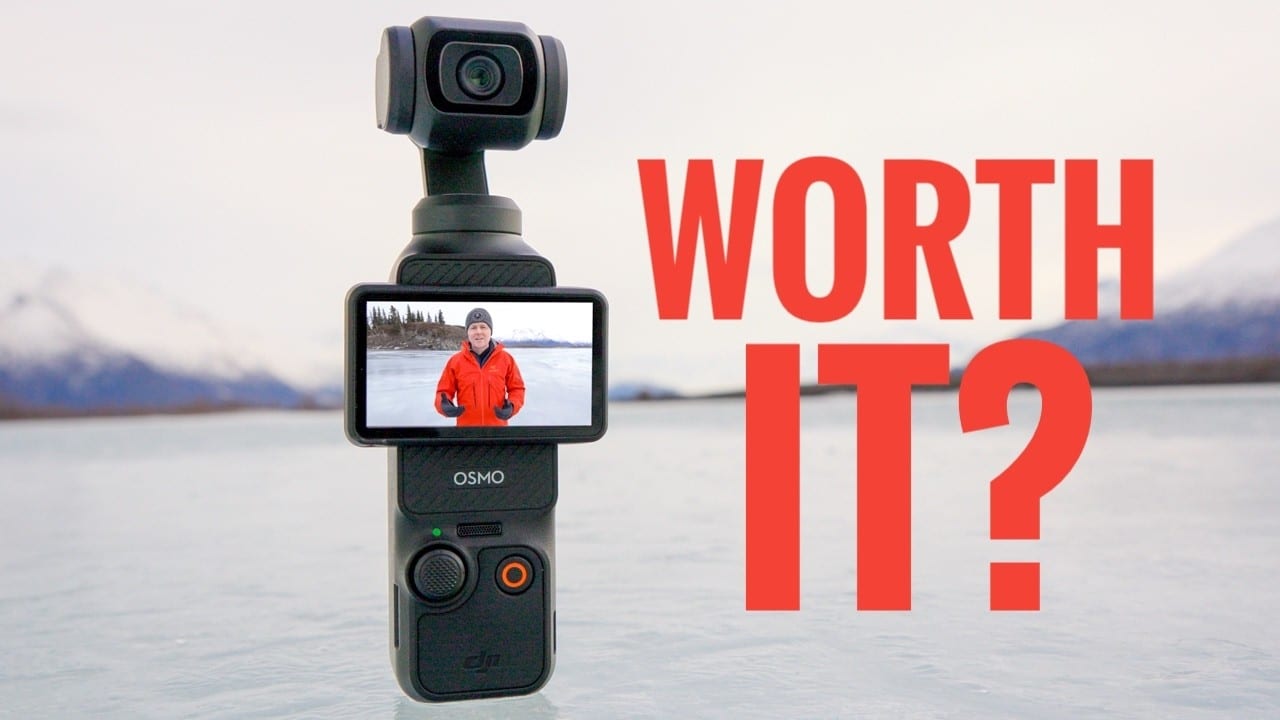

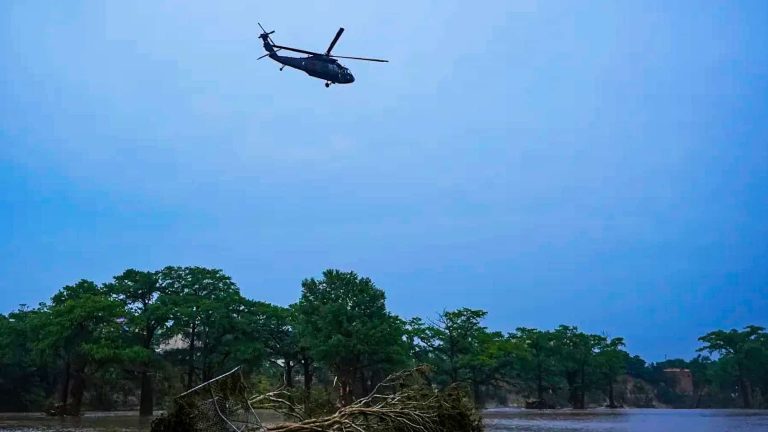
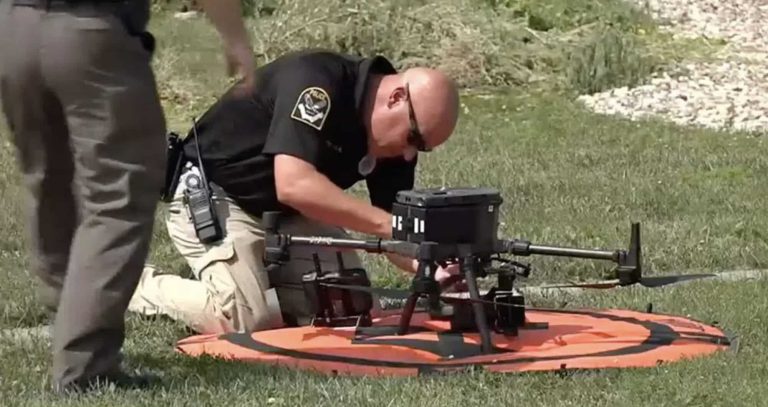
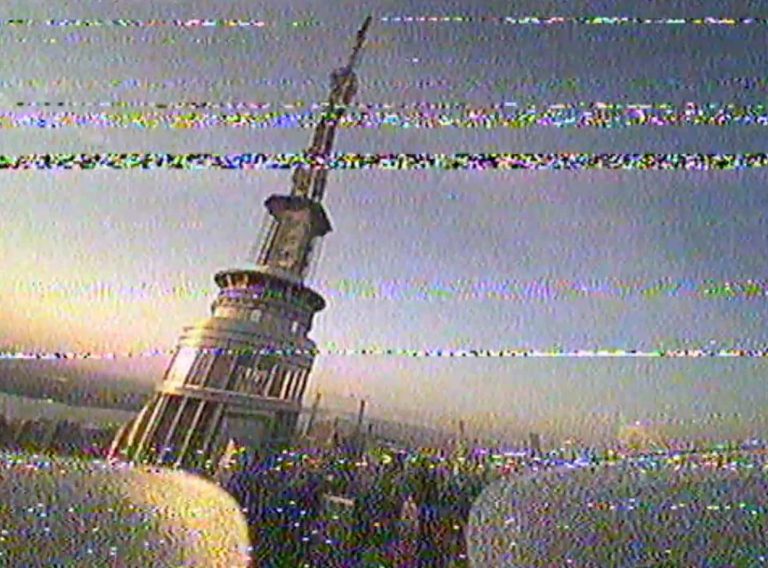

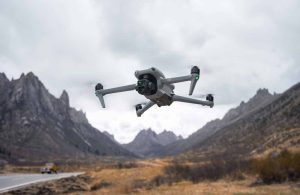
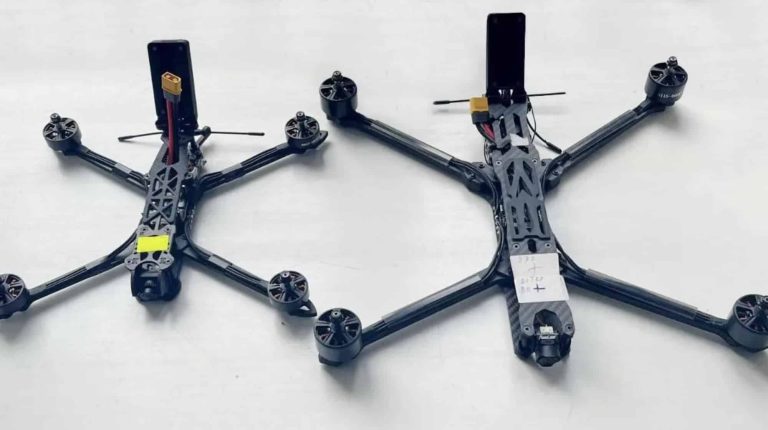
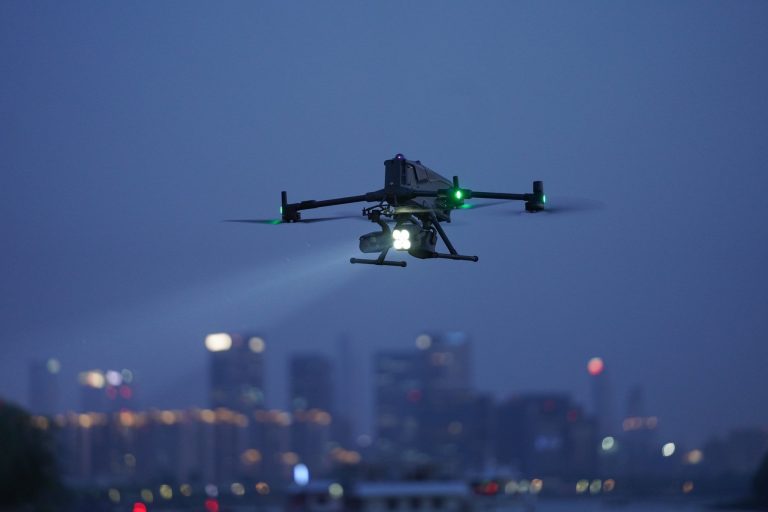
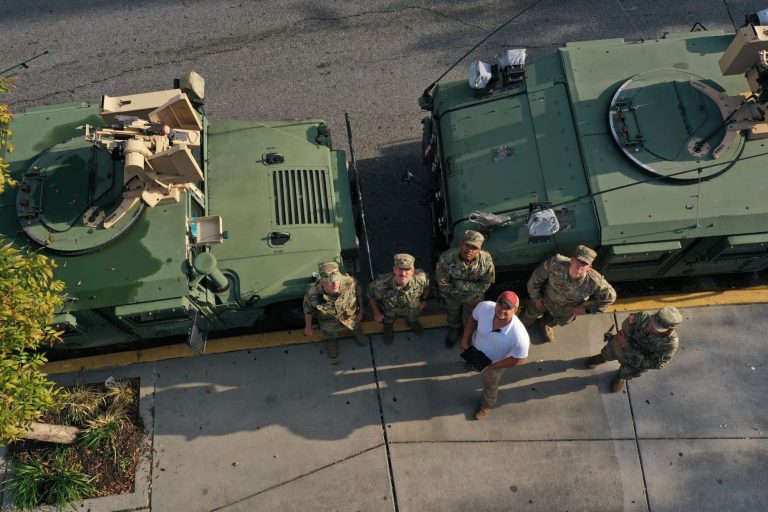
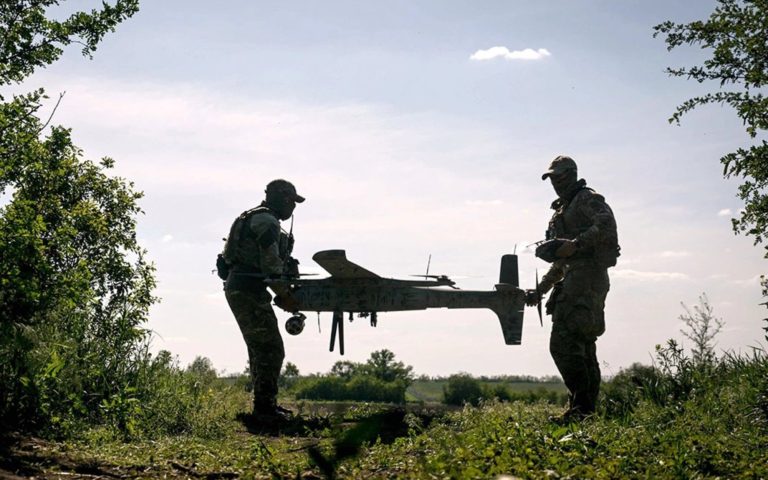
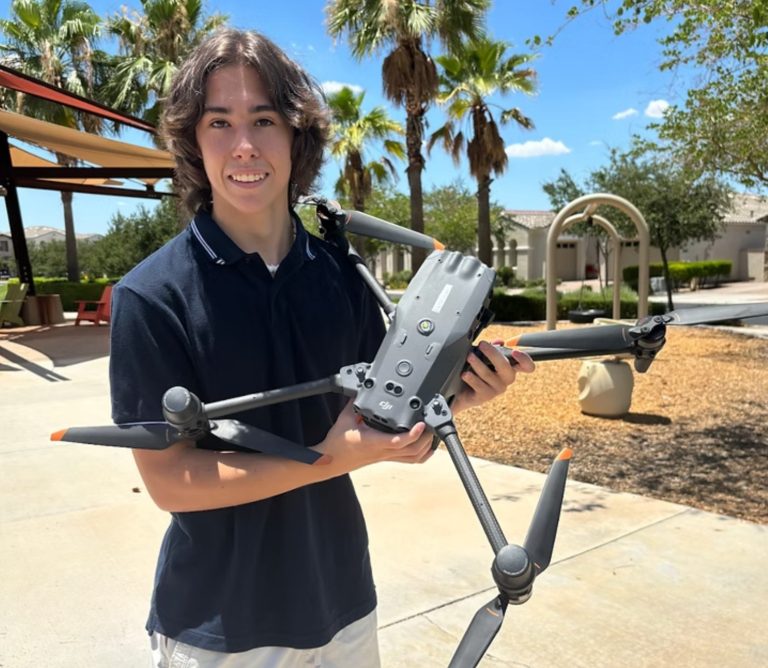
+ There are no comments
Add yours